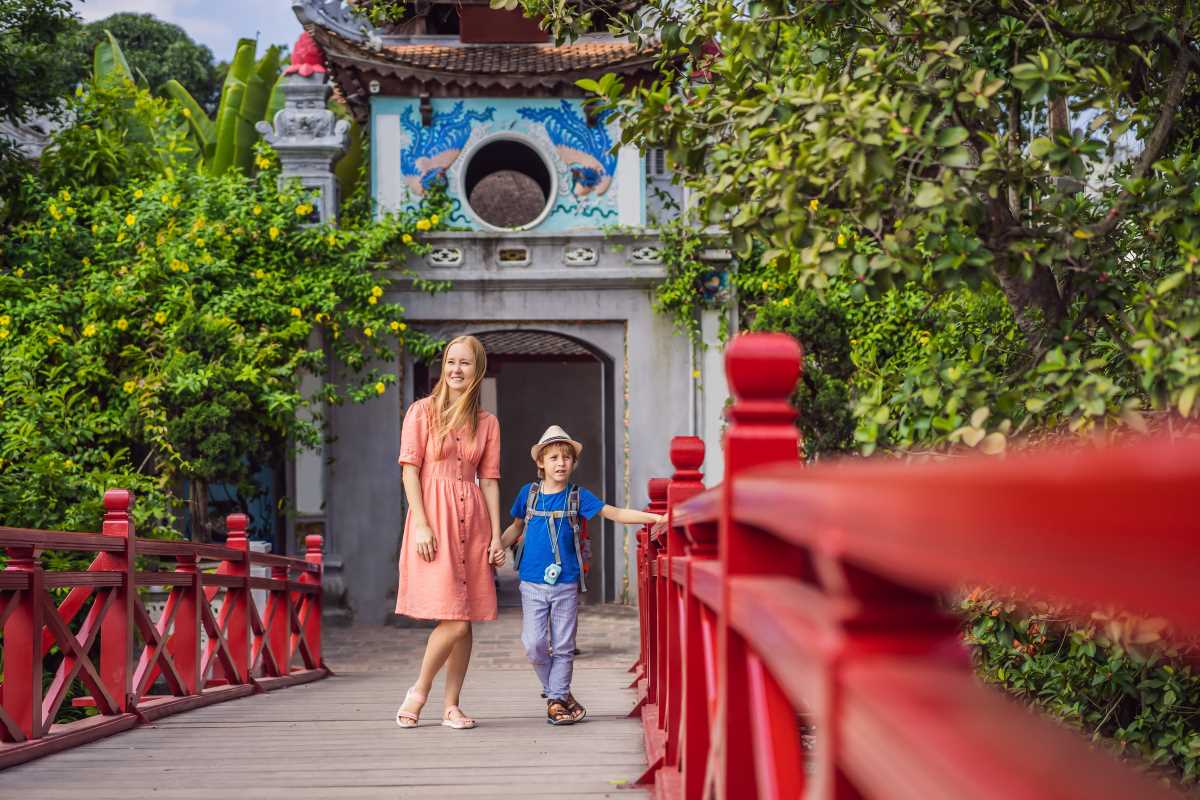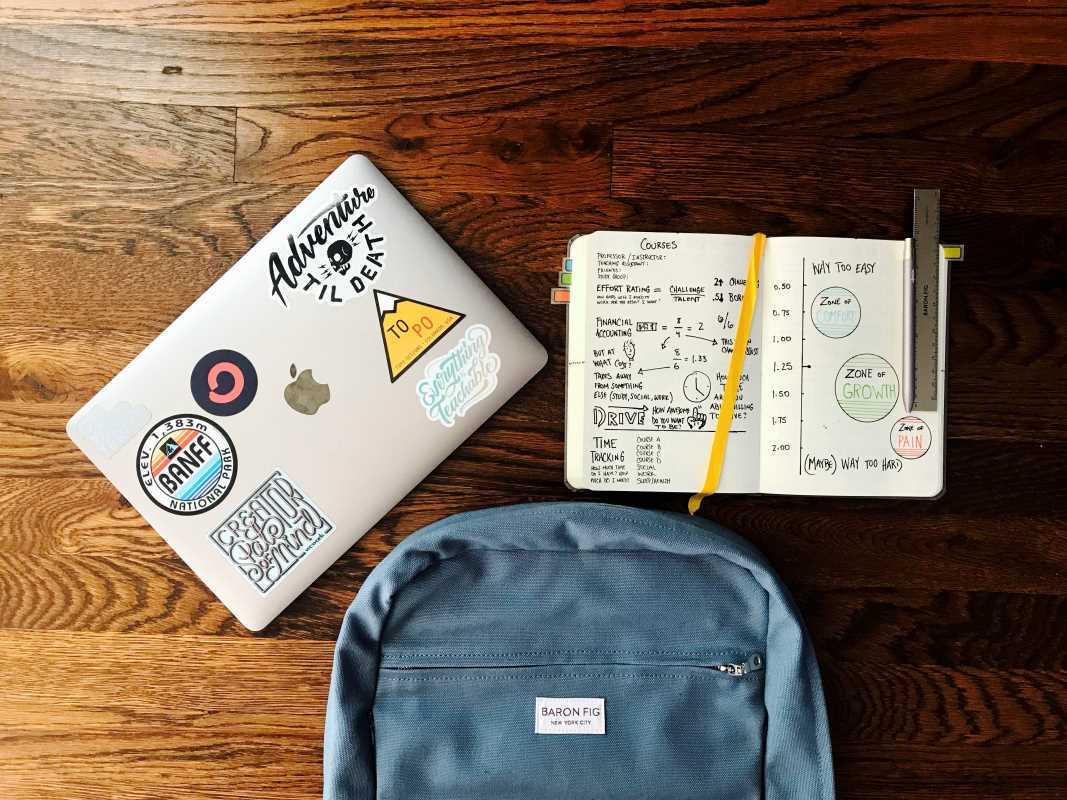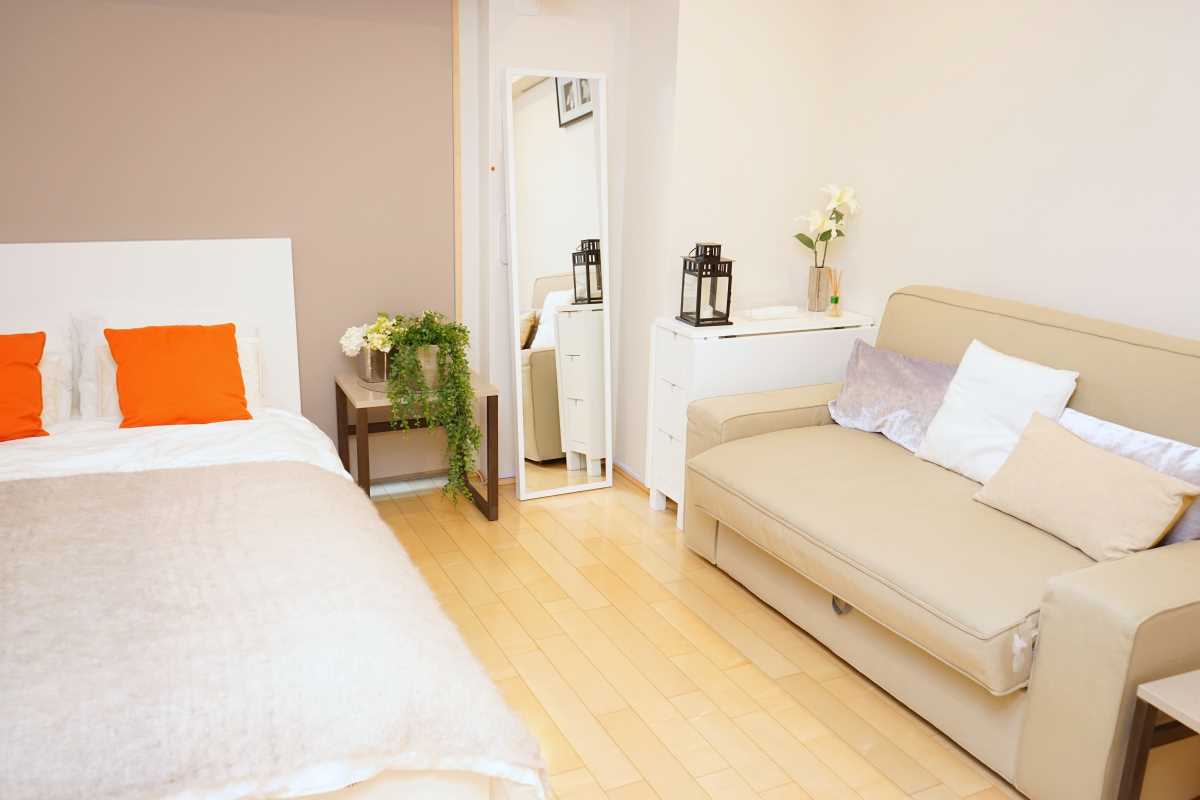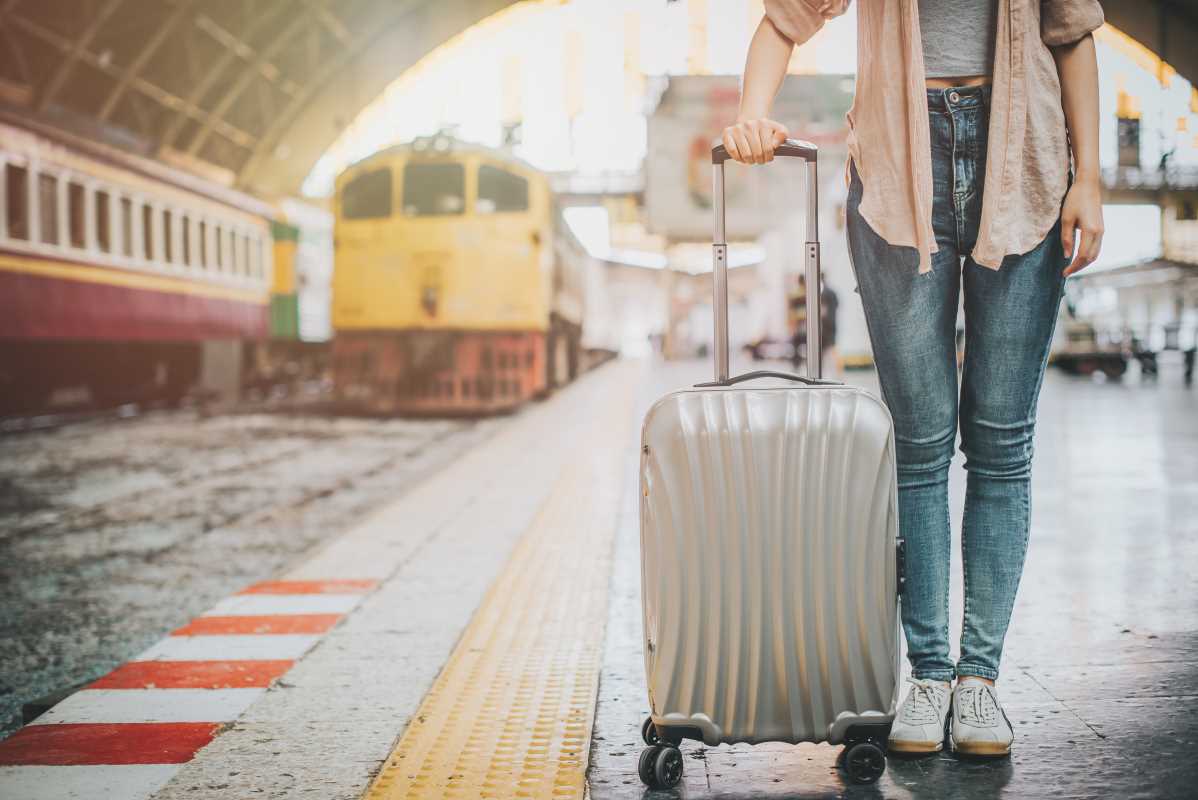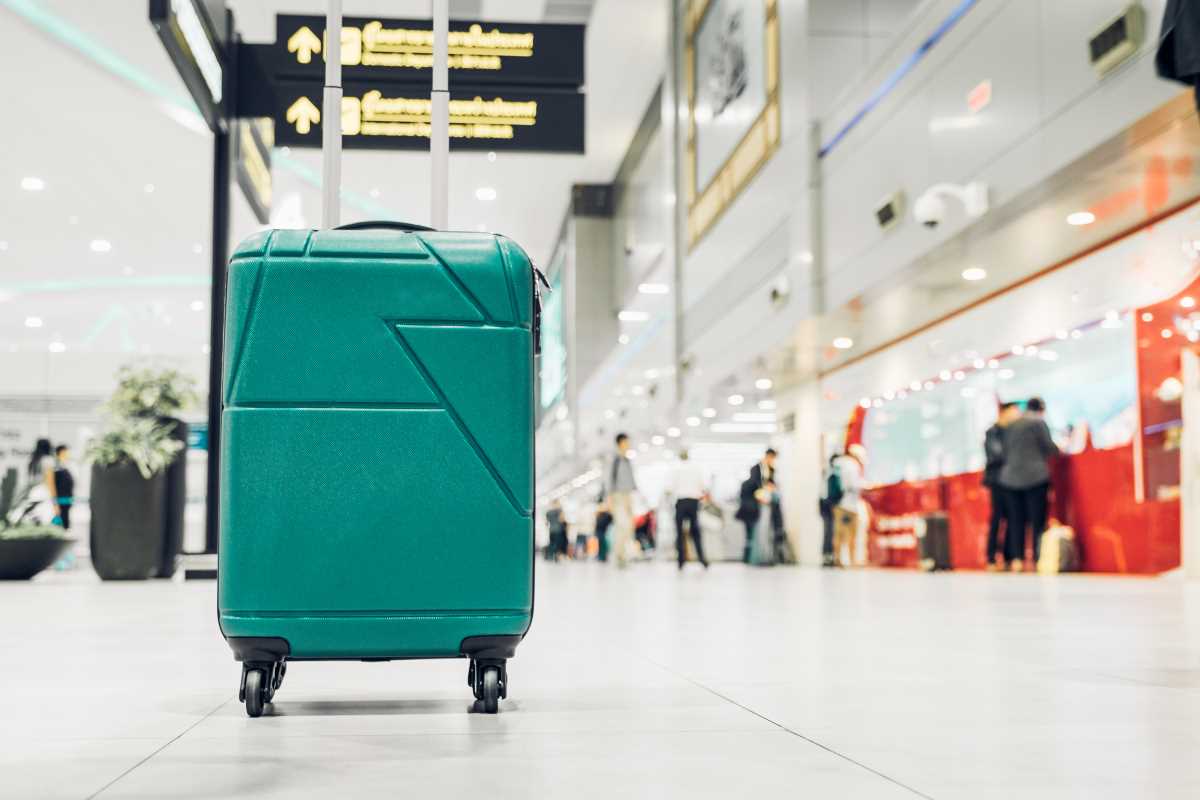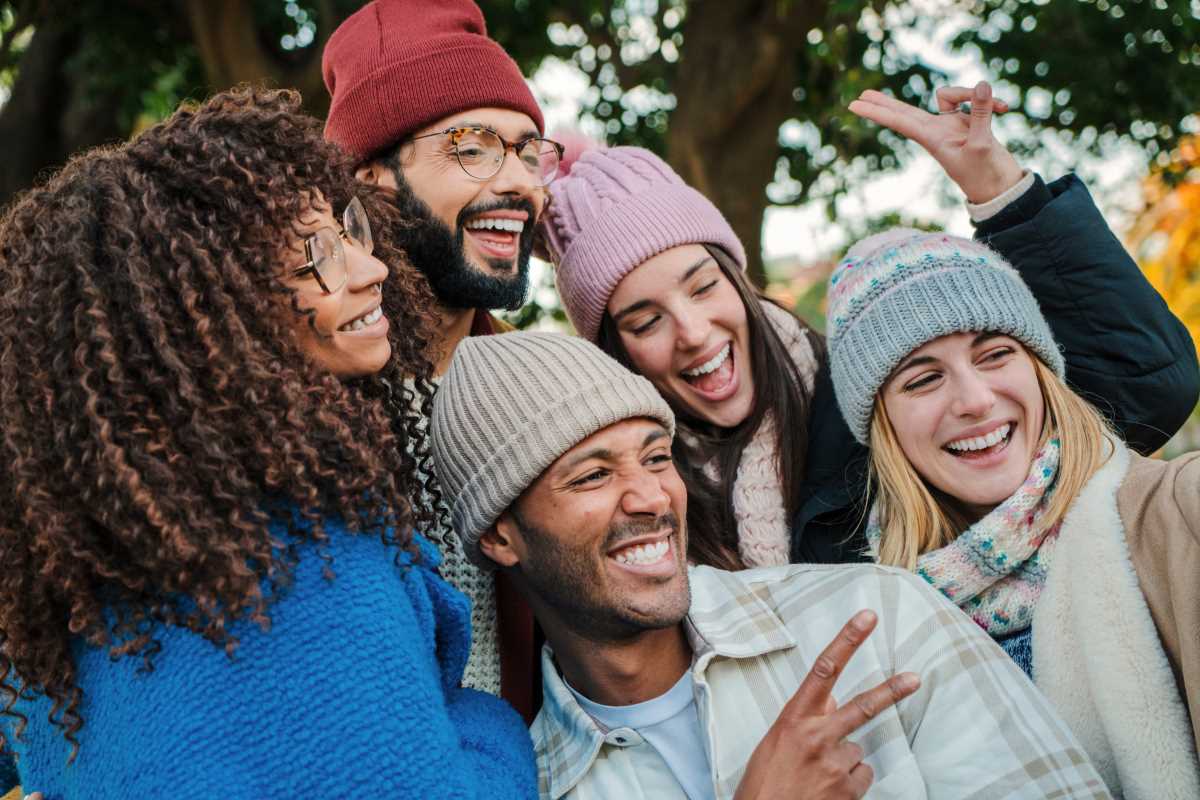Traveling to a foreign country can be an exhilarating and life-changing experience, but one common challenge many travelers face is language barriers. Whether you're navigating bustling cities, exploring remote villages, or simply trying to ask for directions, not speaking the local language can feel like a significant hurdle. However, there are a variety of strategies and tools that can make communication smoother and help you fully immerse yourself in the culture of the place you're visiting.
Learn Basic Phrases Before You Go
One of the simplest and most effective ways to overcome language barriers is to learn a few key phrases in the local language before you set foot in your destination. Even if you're not fluent, speaking the local language can help you connect with people and show respect for their culture.
- Learn Greetings and Polite Phrases: Phrases like “hello,” “please,” “thank you,” and “excuse me” are essential for starting a conversation and expressing gratitude. These basic words can go a long way in establishing rapport with locals.
- Master Key Travel Terms: Knowing how to say “where is the bathroom?”, “how much does this cost?”, and “I need help” can be incredibly useful in everyday situations. While you may not be able to hold a full conversation, these phrases will help you navigate many common scenarios.
Even though many people in popular tourist destinations speak some English, making an effort to speak the local language—no matter how basic—can be a sign of respect and can create a positive exchange.
Use Language Translation Apps
In today's digital age, language translation apps have become invaluable tools for travelers. Apps like Google Translate, Duolingo, and iTranslate allow you to quickly translate words or sentences, making it easier to communicate with locals when you don’t share a common language.
- Google Translate: Google Translate offers text, speech, and even real-time image translation. For example, you can point your phone’s camera at a menu or street sign, and Google Translate will translate the text for you. This is especially helpful for reading signs or menus when you're traveling in countries where the written script is completely different from your own.
- Offline Capabilities: Many language translation apps, including Google Translate, offer offline translation options. This can be particularly helpful in areas where there’s limited internet access.
- Speech Translation: If you’re unable to type out phrases, many apps allow you to speak into the phone, and the app will translate your words into the local language. Some apps even allow for two-way conversations, making it easier for both parties to communicate in real time.
While translation apps aren’t perfect and may occasionally misinterpret phrases, they are incredibly useful in situations where you need to communicate quickly and efficiently.
Use Visual Aids and Gestures
Sometimes, words simply aren’t enough to bridge the gap, especially in places where the language barrier is especially pronounced. In these cases, visual aids and gestures can be powerful tools for conveying your message.
- Show Visual Examples: If you need to explain something like food preferences, directions, or a problem with your accommodation, try using your phone or a travel guidebook to show pictures or maps. For example, showing an image of a dish you want to order at a restaurant can help a waiter understand your request.
- Body Language and Gestures: Non-verbal communication can be just as effective as verbal communication. Simple gestures, like pointing, nodding, or miming actions, can help convey your message. Be mindful, however, that some gestures may have different meanings in other cultures, so it’s important to be aware of the local customs.
- Universal Signs: Certain symbols, like a raised hand for “stop” or a thumbs-up for “good,” are universally recognized. Use these signs when necessary to help get your point across.
While visual aids and gestures can’t replace verbal communication, they can significantly reduce confusion and help you navigate situations where language is an obstacle.
Take a Language Course or Hire a Local Guide
If you plan to stay in a particular destination for an extended period, or if you’re traveling to a place where few people speak English, taking a language course can be one of the best investments you can make. Even learning the basics of a language can open doors and improve your overall travel experience.
- Language Courses and Apps: Many apps, like Duolingo, offer free courses to help you learn the basics of a new language. You can learn at your own pace, and the lessons are usually designed to teach practical vocabulary and phrases.
- Hire a Local Guide: Another great option is hiring a local guide fluent in both the local language and English. This person can help you navigate the area, introduce you to local customs, and provide translation services during your trip. A local guide not only acts as a language bridge but can also offer insights that enrich your travel experience.
Spending some time learning the language or hiring someone who can help you understand it can make your travels much smoother and more rewarding.
Stay in Social Accommodations or Join Group Activities
When you're traveling, especially as a solo traveler, social accommodations like hostels or group tours provide opportunities to meet others and practice language skills in a relaxed setting. This helps you overcome any shyness and gives you the confidence to communicate in real-world situations.
- Stay in Hostels: Hostels are known for being social environments where you can meet other travelers from all over the world. Many hostels also offer language exchange programs or organize events that encourage social interaction, making it easier for you to practice language skills in a casual, friendly environment.
- Join Group Tours: Participating in group activities such as walking tours, cooking classes, or local excursions can help you meet locals or fellow travelers. Group activities often involve a lot of interaction, and you may find that others are also eager to communicate despite language barriers.
These social experiences allow you to improve your language skills and make learning about local customs, foods, and traditions easier.
Embrace Patience and Flexibility
Language barriers can be frustrating, but keeping a positive and patient attitude can make a huge difference. Remember, most people appreciate the effort you’re putting into speaking their language, even if it’s not perfect. Embrace the learning process, and be prepared for a little trial and error.
- Be Patient: Communication may take longer than usual, and misunderstandings are sometimes inevitable. Don’t be afraid to ask for clarification if you don’t understand something. Similarly, don’t be embarrassed if you make a mistake—most people will appreciate your efforts.
- Stay Flexible: Sometimes, language barriers can’t be completely avoided even with the best tools and strategies. Stay flexible and open-minded, and be prepared to try different strategies to get your point across.
Having a sense of humor and remaining adaptable will help you navigate the challenges of language barriers more easily.
Connect with Locals and Use Technology for Help
When traveling, connecting with locals is one of the best ways to bridge the language gap. Many locals are happy to help you, even if they don’t speak fluent English. Plus, using technology to your advantage can be a big help.
- Engage with Locals: Even if your language skills are limited, locals are often more than willing to help you. Engage in conversation when possible, and use translation apps to assist you. Don’t be afraid to ask questions or for directions—many people will be happy to assist.
- Use Wi-Fi to Connect: If you encounter a language barrier, don't hesitate to use the internet to find answers. Many restaurants, shops, and public places offer free Wi-Fi, and you can quickly search for useful phrases, menus, or directions in real time.
While technology and translation apps are useful, building relationships with locals through genuine efforts to communicate is one of the most rewarding parts of traveling.
